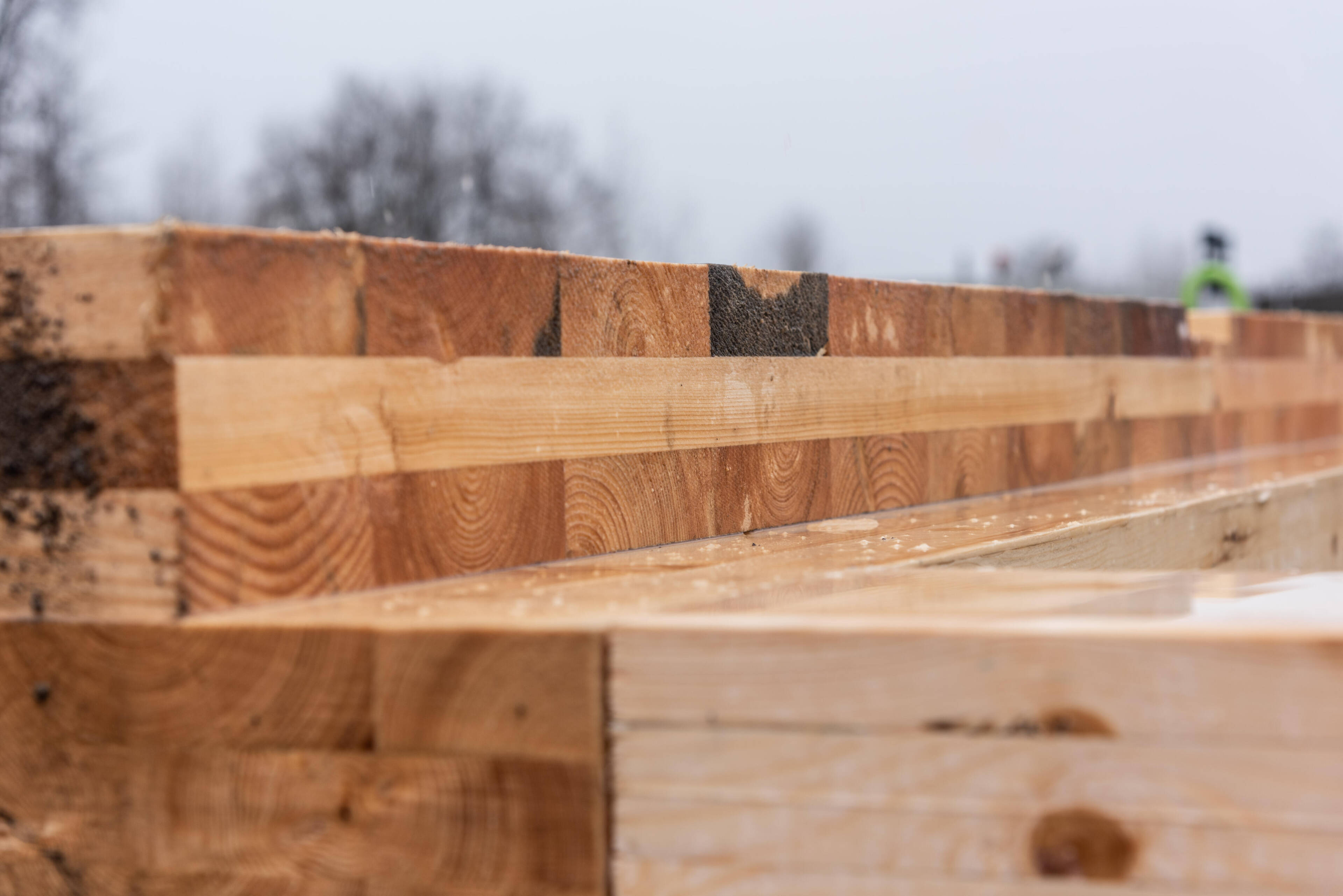Read more
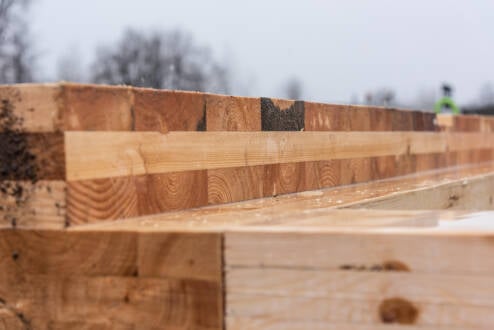
Read more
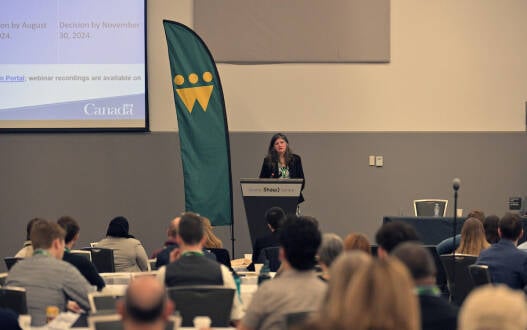
Read more
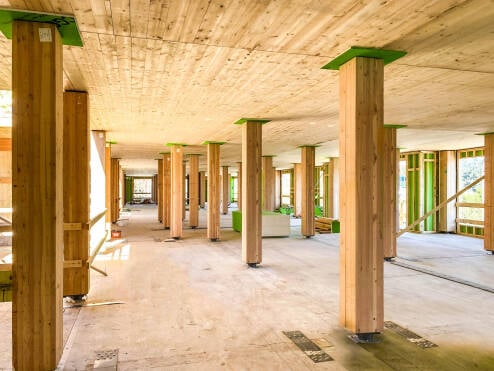
Read more
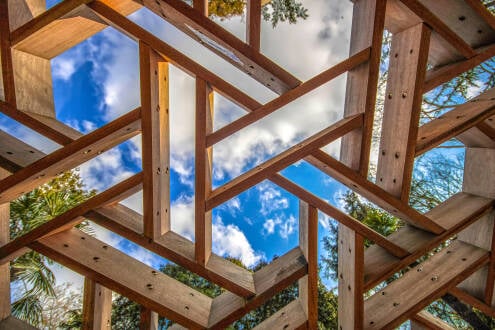
Read more
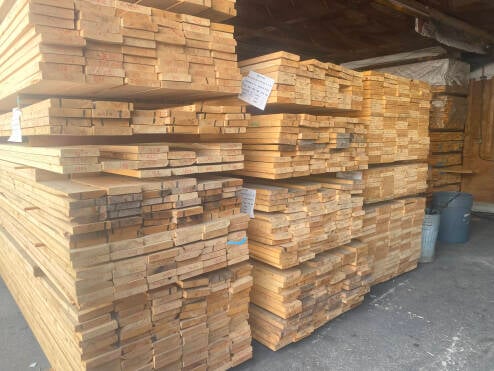
Read more
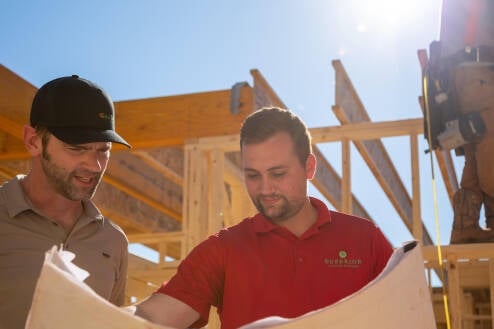
Read more
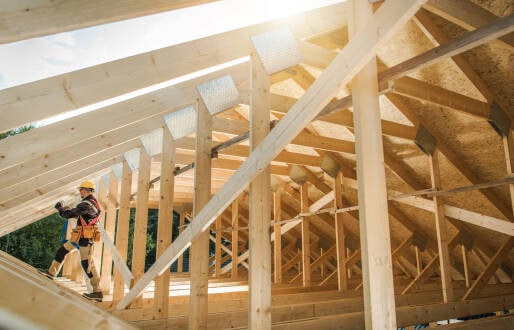

To preserve and maximize market access for wood products, our strategic approach centres on ensuring wood is recognized as a safe, high-performance material across a wide range of building types and systems. We work to influence codes, standards, and policies so that wood can compete on a level playing field, while also advancing research and demonstration projects that strengthen wood’s position in the market. Through continued participation in domestic and international standards development, we help align wood construction with evolving expectations around sustainability and building performance. We also support the growth of light wood frame construction and prepare for future regulatory shifts, including the transition to performance-based codes.
The CWC has been very active with Canadian codes and standards meetings in 2024, addressing seismic increases for 5- and 6-storey light wood frame construction, providing technical expertise to broaden occupancies where encapsulated mass timber (EMTC) can be used, and providing technical expertise on international and Canadian standards to ensure wood is treated fairly with respect to GHG emissions. Our codes and engineering team continues to advocate for the use of wood products in construction through engagement in current and future codes, standards, and policy development. Here are some of our 2024 highlights.
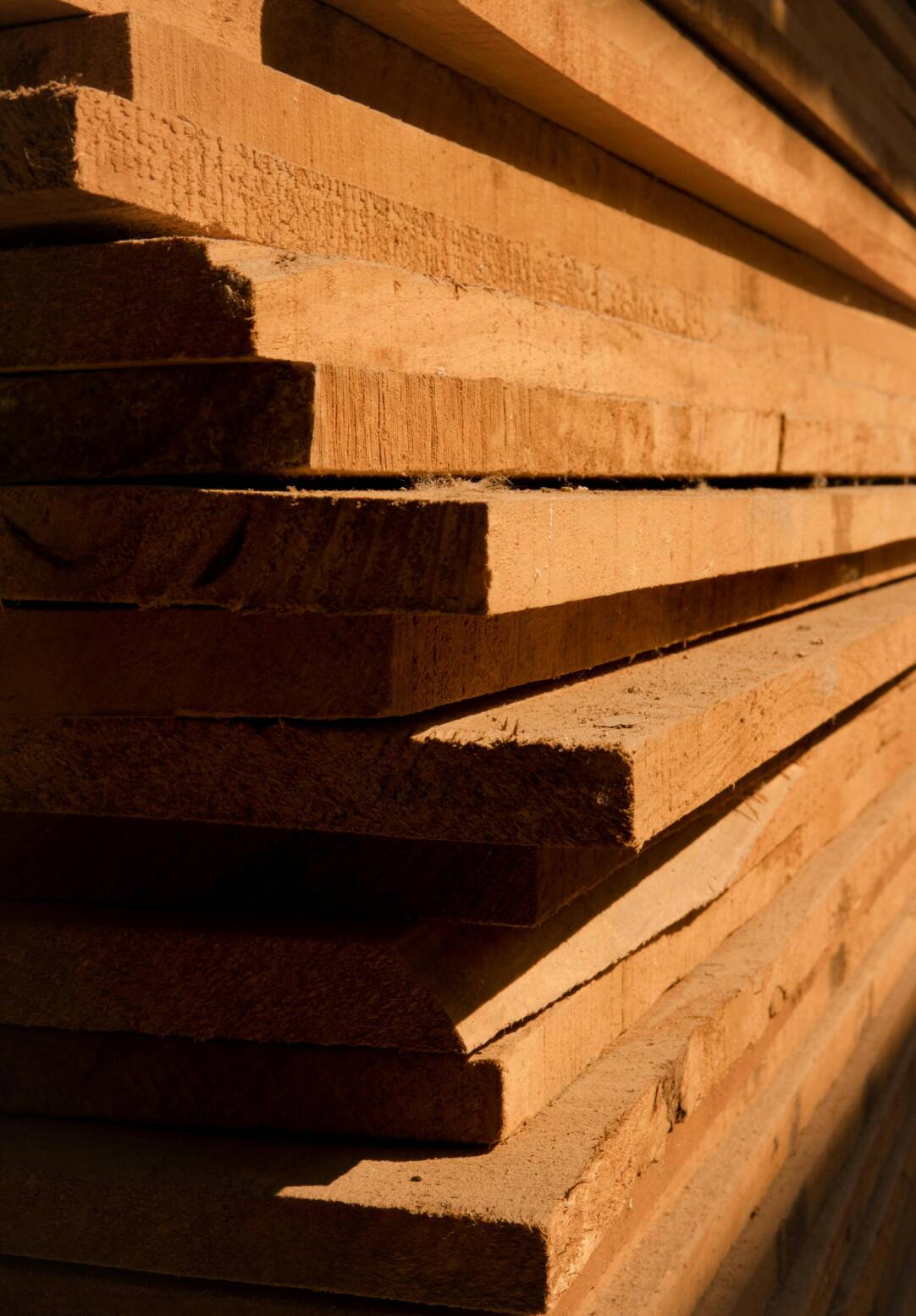
Top of Section
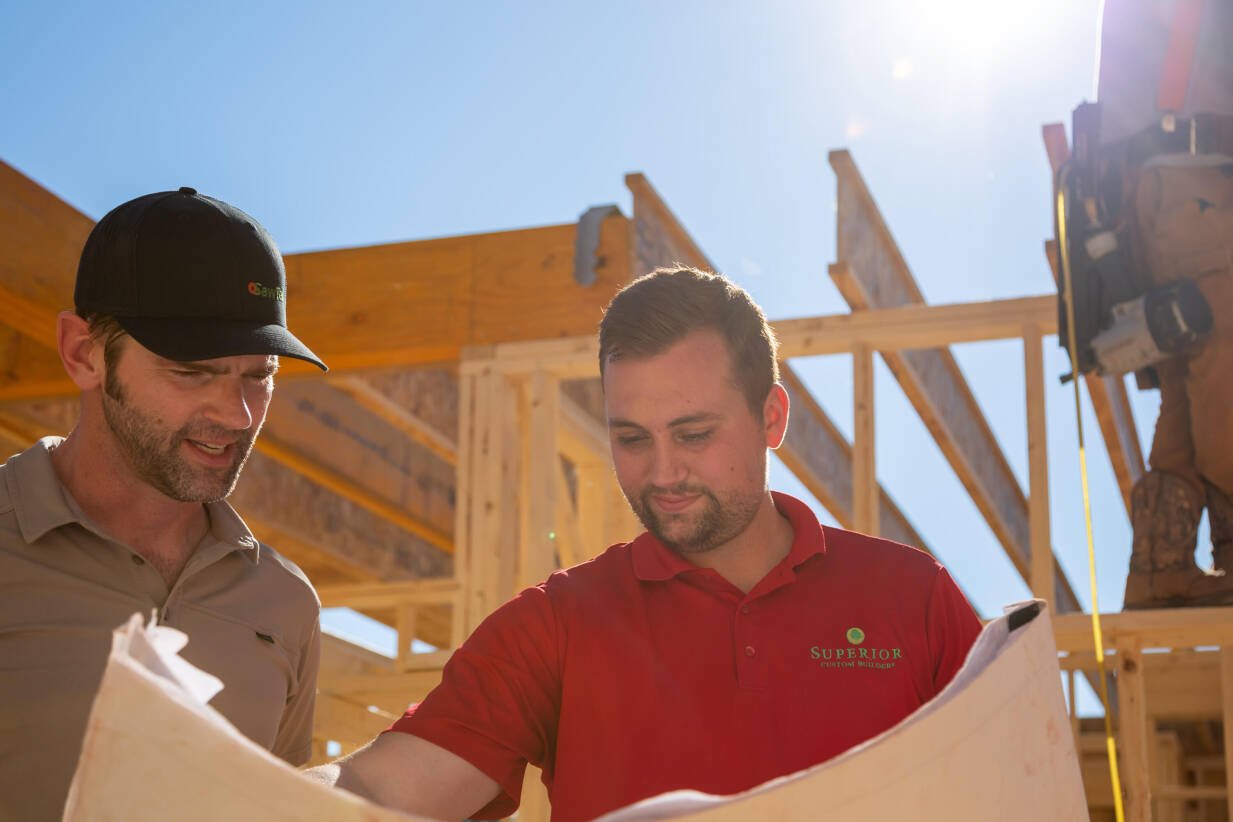
In 2024, the CWC’s codes and engineering team made significant strides in influencing codes to include more favorable provisions for encapsulated mass timber construction (EMTC).
The 2024 British Columbia Building Code and 2024 Ontario Building Code amendments allow: (1) EMTC buildings up to 18 storeys, (2) more occupancies for EMTC as the main structural material, (3) increased exposed mass timber, (e.g., 100% exposed ceiling), and (4) expanded use of combustible exterior cladding.
The 2025 National Building Code of Canada will raise the building height limit for residential and office buildings in EMTC from 42 m to 50 m and increase the permitted amount of exposed mass timber in suites, such as allowing 100% of the ceiling to be exposed.
Revisions to the 2025 National Fire Code of Canada will allow for an increased amount of mass timber to remain exposed during construction.
Amendments to the 2025 Quebec Construction Code and 2025 Vancouver Building By-Law enable: (1) EMTC buildings up to 18 storeys, (2) broader occupancies for EMTC as primary structural material, (3) increased exposed mass timber, and (4) expanded use of combustible exterior cladding.
Top of Section
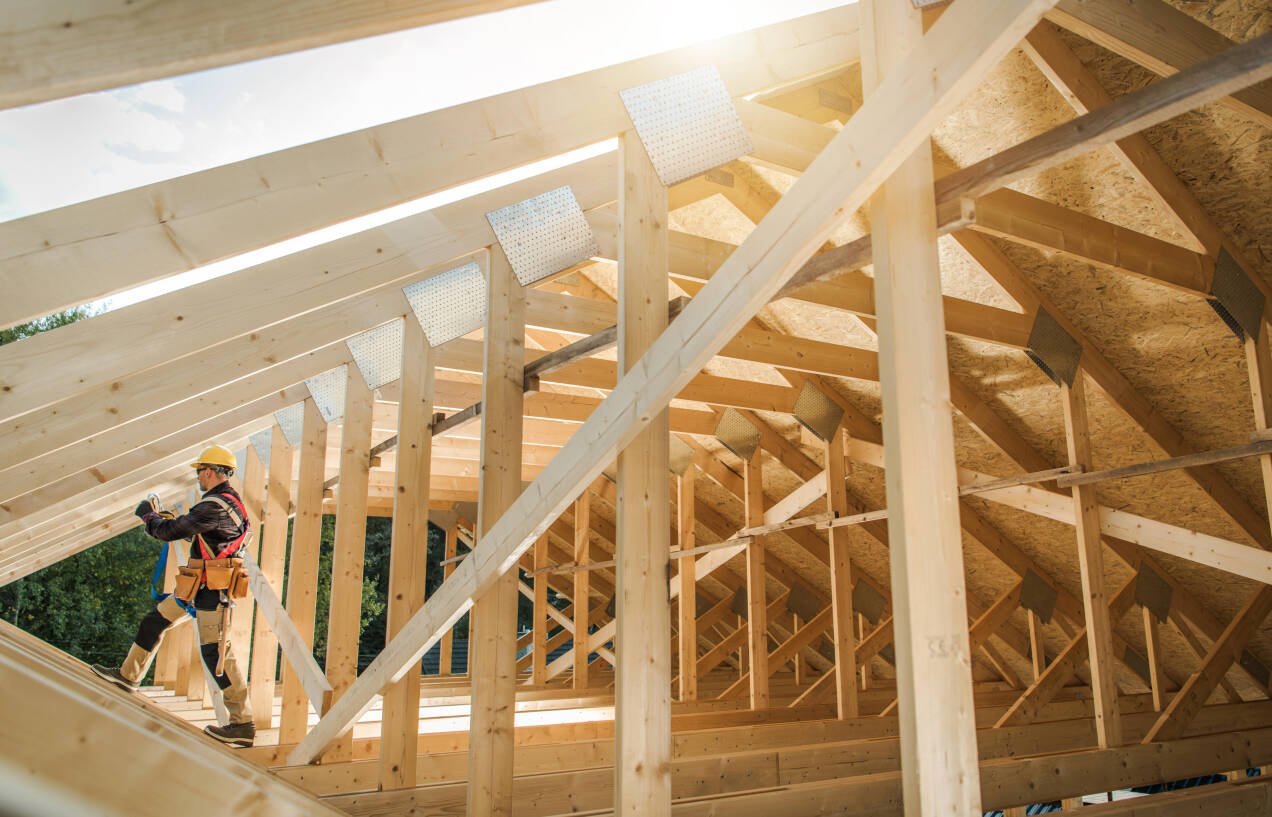
CWC is addressing undue conservatism in seismic hazard data across Canada, which increased significantly in the west in 2024. This has posed challenges for designing mid-rise buildings with wood shearwalls. By using modelling software to demonstrate this, CWC will propose changes to lessen the impact on wood frame buildings. This aims to improve the design efficiency of multi-storey wood shearwalls and to ensure the feasibility of mid-rise buildings in high seismic areas.
Embodied carbon goals in the 2025 National Building Code and National Energy Code for Buildings will inform NBC 2030's technical provisions. CWC's work is essential to keeping wood products central to global carbon reduction efforts and environmental objectives.
Top of Section
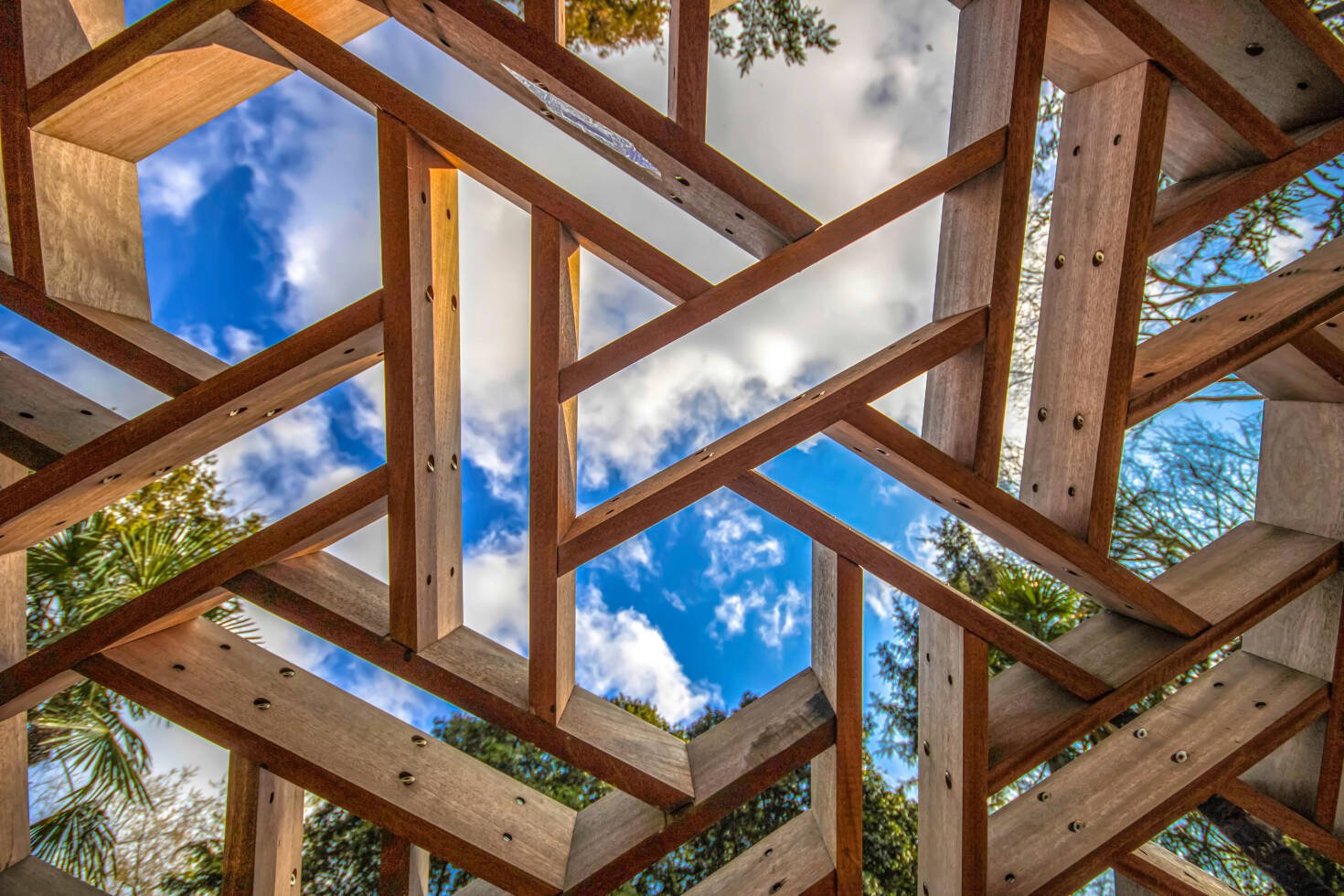
Acting as the secretariat and providing additional representation on technical committees, the Canadian Wood Council has played a crucial role in proposing and advancing technical modifications to CSA O86, the Canadian Standard for Engineering Design in Wood. The latest edition, published in June 2024, has broadened opportunities for wood usage in new systems.
Top of Section
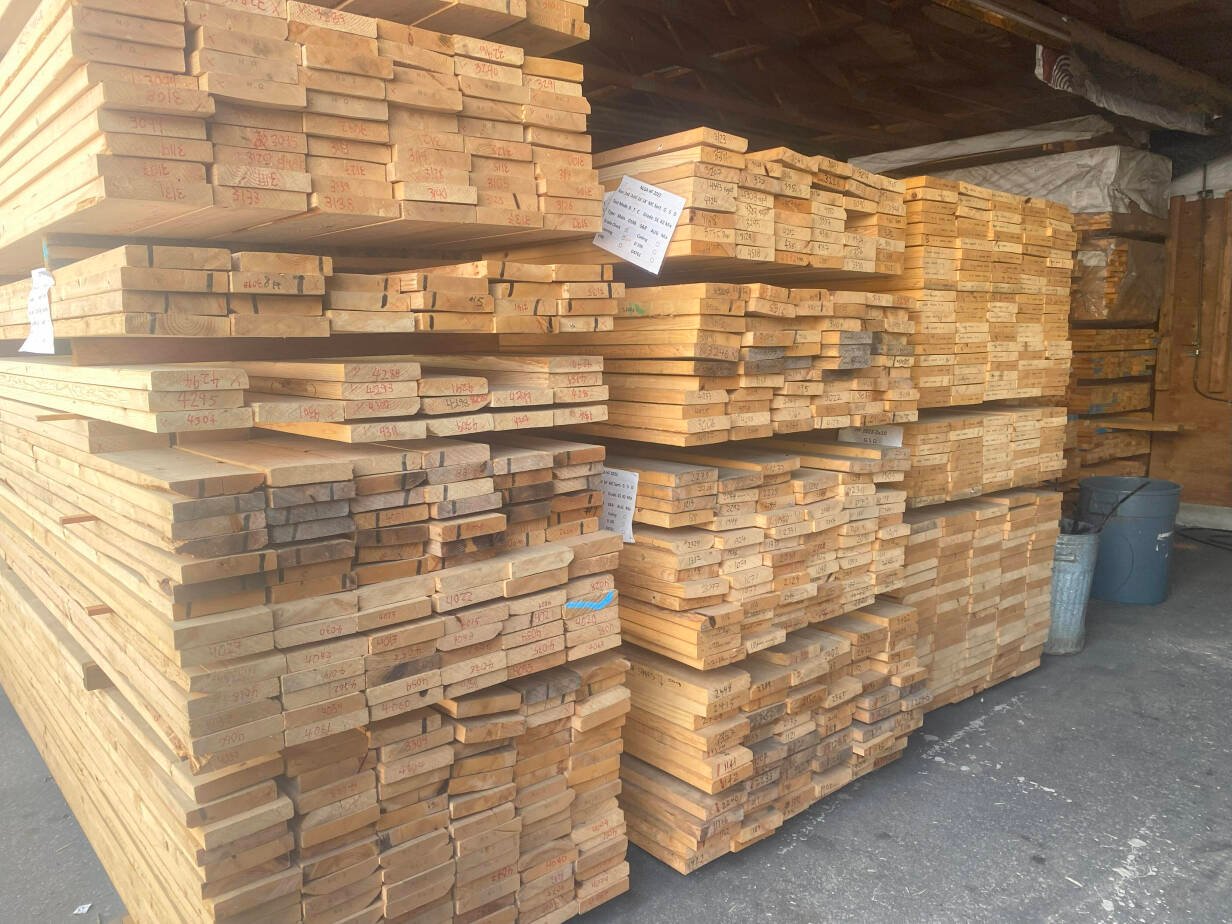
In 2024, CWC provided significant assistance to NLGA in the Hem-Fir (N) reassessment study, including analyzing testing data, establishing design values for US and Canada, reviewing the reassessment reports submitted to ALSC and CSA O86, and analyzing the impact on changes to Hem-Fir (N) design values for US and Canada.
As part of the Hem-Fir (N) analysis, staff retraced the procedure for the derivation of Canadian in-grade design values. The recovery of the procedure is fundamental to future lumber properties initiatives such as introducing a 5th species group and the equivalency with foreign species.
Top of Section
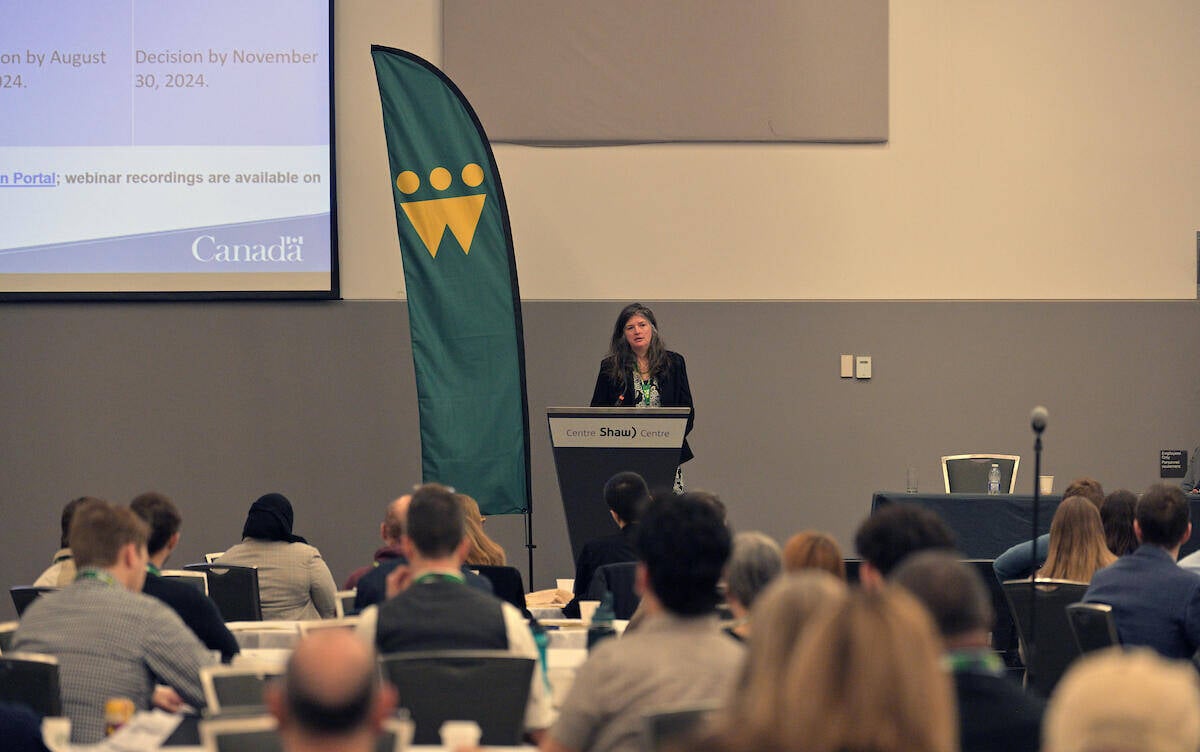
CWC initiated a project with three universities to study and test reinforcement of structural components using self-tapping screws, aiming to enhance efficiency and constructability of mass timber. CWC also developed seismic design provisions for moment-resisting timber frames, complementing other mass timber systems. CWC partnered with FPInnovations on a project for rehabilitating mass timber elements after a fire.
Top of Section
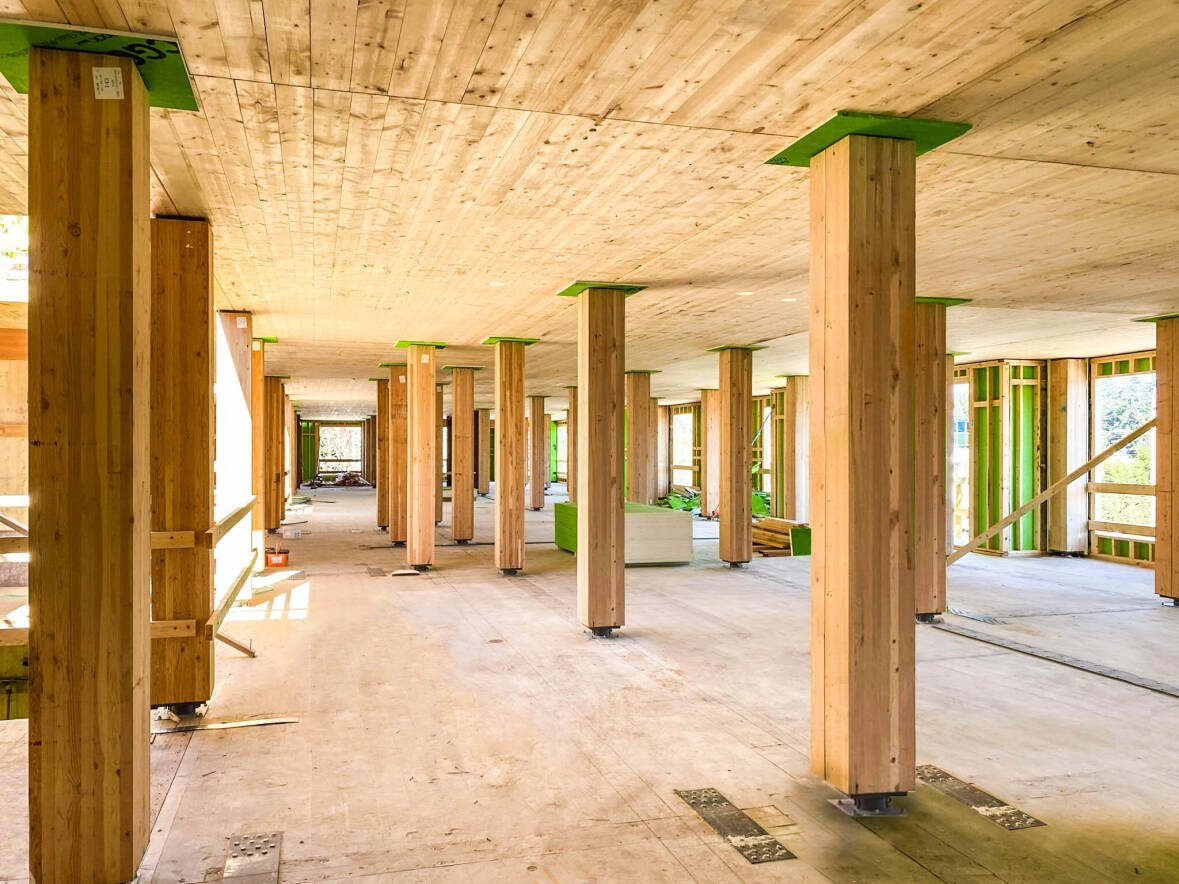
CWC’s market development efforts in 2024–2025 supported the continued rise of mid-rise and tall wood construction across Ontario. The WoodWorks Ontario team observed growing activity in light frame and hybrid multifamily projects, particularly in Toronto, Ottawa, Kitchener, and other urban centres. Recent changes to the Ontario Building Code have enabled a wave of 12- to 18-storey projects, now in planning stages across the GTA and Durham Region. Leading developers—such as Windmill, Leader Lane, Kindred Works, and CreateTO —are helping advance this shift. One of the year’s landmark projects is the University of Toronto’s 14-storey Academic Tower, which will be the tallest mass timber building in Canada.
A new sector of large-scale industrial mass timber construction is also emerging, with major projects like the 250,000 sq ft Prologis warehouse in Brampton and new developments in Sudbury. Outreach and project support efforts have engaged developers, design professionals, and regulators, with dedicated work underway to provide educational materials for TARION, HCRA, and the OBOA.

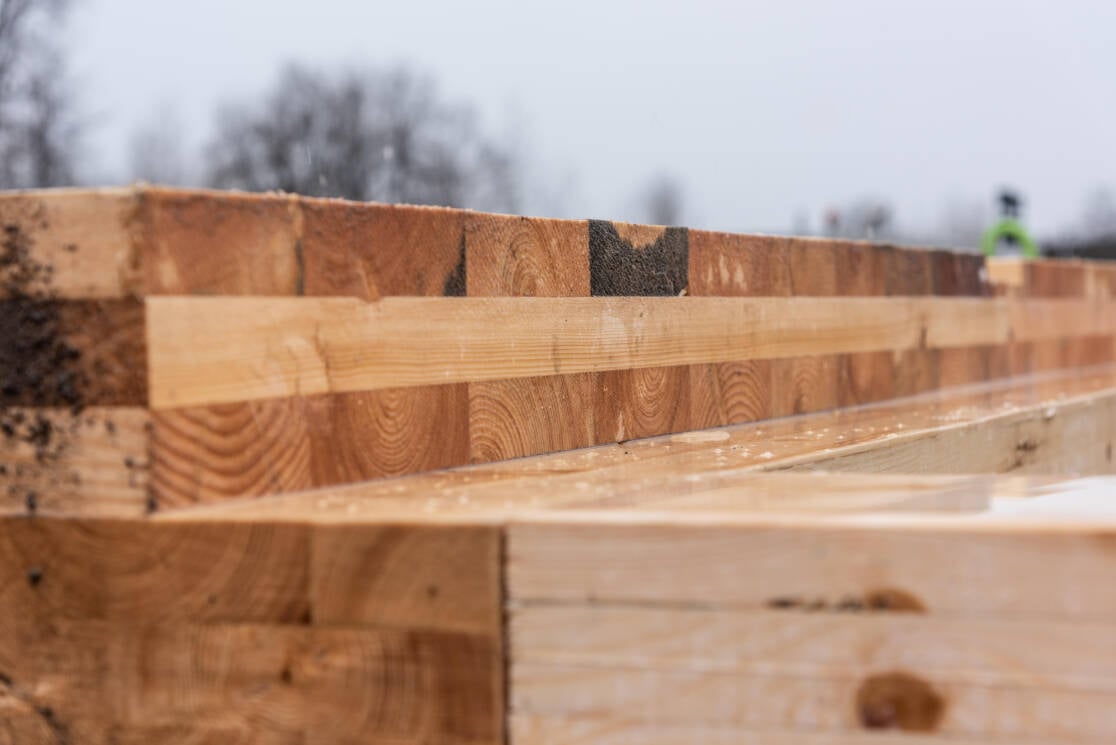
CWC continued its strategic initiative with Zurich Insurance to monitor three active mass timber construction projects in British Columbia. The goal was to generate data that addressed insurance concerns and supported market confidence. CWC also partnered with the University of Northern British Columbia to evaluate the post-damage repair process of its mass timber laboratory following an explosion incident. Early findings highlighted the structural resilience and repairability of timber.
On May 22, CWC and the Climate Smart Building Alliance co-hosted an insurance roundtable at Toronto’s T3 Bayside. Thirty-two industry experts participated in shaping future guidelines, aligning insurance practices, and promoting sustainable building—establishing a strong foundation for further collaboration.
Top of Section
Read more

Read more

Read more

Read more

Read more

Read more

Read more
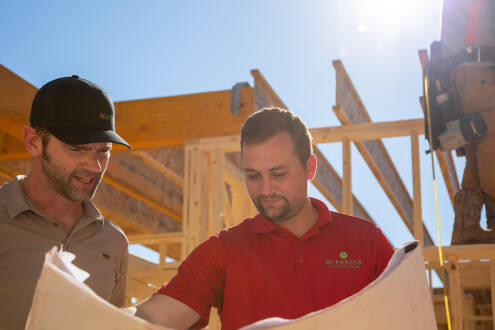
To preserve and maximize market access for wood products, our strategic approach centres on ensuring wood is recognized as a safe, high-performance material across a wide range of building types and systems. We work to influence codes, standards, and policies so that wood can compete on a level playing field, while also advancing research and demonstration projects that strengthen wood’s position in the market. Through continued participation in domestic and international standards development, we help align wood construction with evolving expectations around sustainability and building performance. We also support the growth of light wood frame construction and prepare for future regulatory shifts, including the transition to performance-based codes.
The CWC has been very active with Canadian codes and standards meetings in 2024, addressing seismic increases for 5- and 6-storey light wood frame construction, providing technical expertise to broaden occupancies where encapsulated mass timber (EMTC) can be used, and providing technical expertise on international and Canadian standards to ensure wood is treated fairly with respect to GHG emissions. Our codes and engineering team continues to advocate for the use of wood products in construction through engagement in current and future codes, standards, and policy development. Here are some of our 2024 highlights.
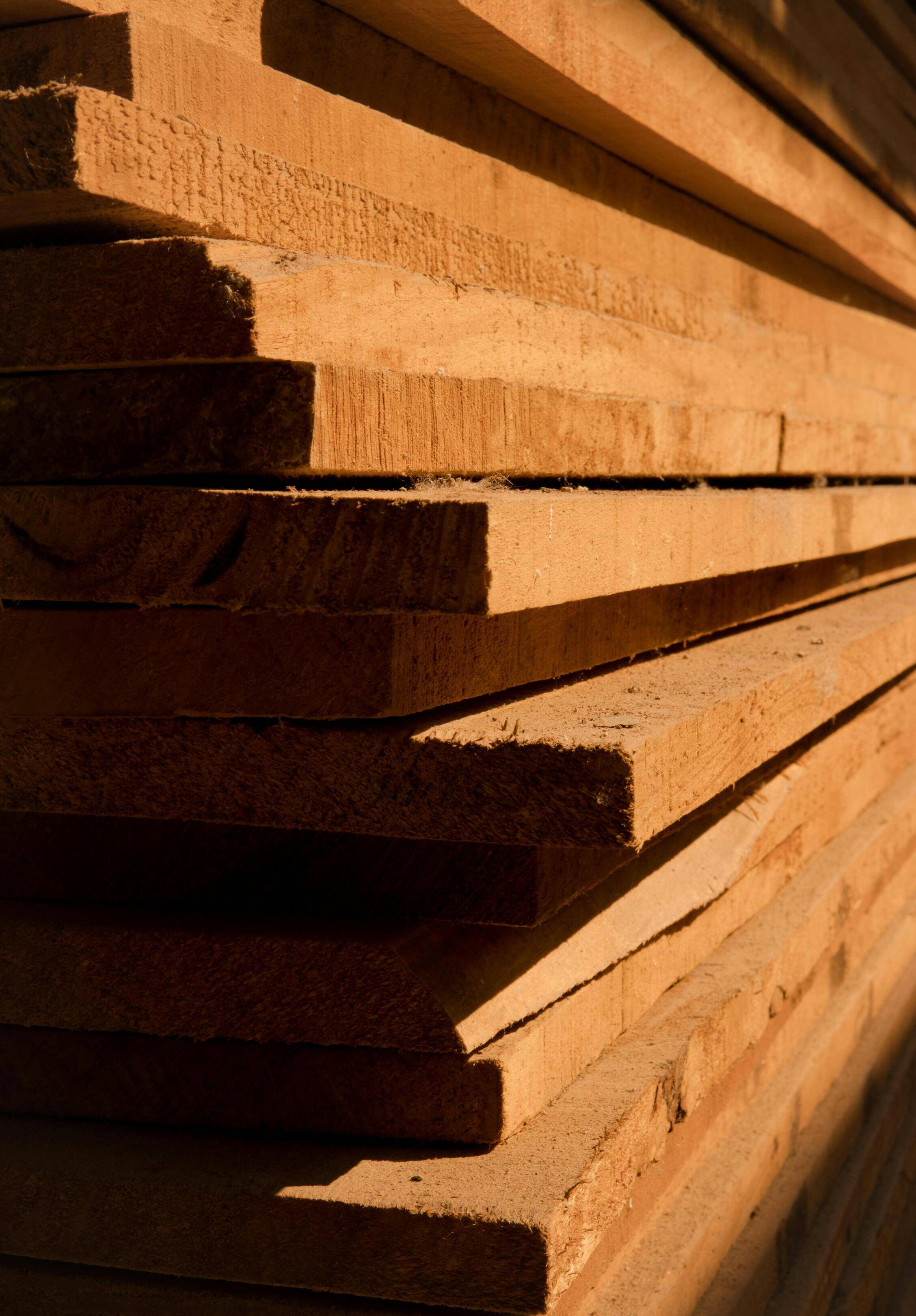

In 2024, the CWC’s codes and engineering team made significant strides in influencing codes to include more favorable provisions for encapsulated mass timber construction (EMTC).
The 2024 British Columbia Building Code and 2024 Ontario Building Code amendments allow: (1) EMTC buildings up to 18 storeys, (2) more occupancies for EMTC as the main structural material, (3) increased exposed mass timber, (e.g., 100% exposed ceiling), and (4) expanded use of combustible exterior cladding.
The 2025 National Building Code of Canada will raise the building height limit for residential and office buildings in EMTC from 42 m to 50 m and increase the permitted amount of exposed mass timber in suites, such as allowing 100% of the ceiling to be exposed.
Revisions to the 2025 National Fire Code of Canada will allow for an increased amount of mass timber to remain exposed during construction.
Amendments to the 2025 Quebec Construction Code and 2025 Vancouver Building By-Law enable: (1) EMTC buildings up to 18 storeys, (2) broader occupancies for EMTC as primary structural material, (3) increased exposed mass timber, and (4) expanded use of combustible exterior cladding.
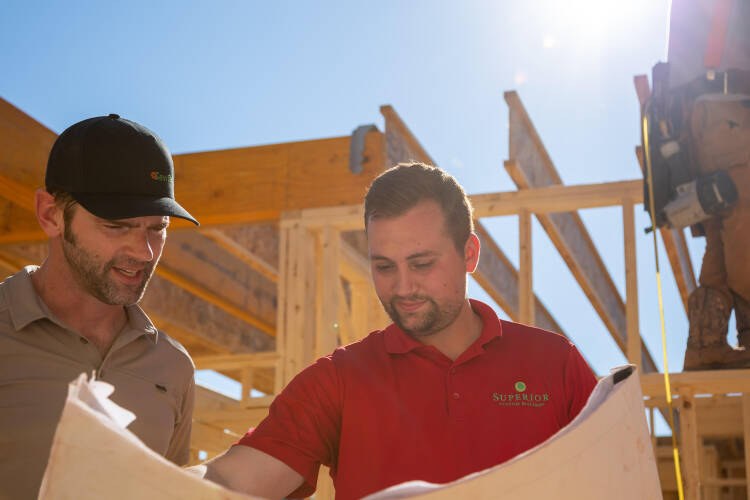
CWC is addressing undue conservatism in seismic hazard data across Canada, which increased significantly in the west in 2024. This has posed challenges for designing mid-rise buildings with wood shearwalls. By using modelling software to demonstrate this, CWC will propose changes to lessen the impact on wood frame buildings. This aims to improve the design efficiency of multi-storey wood shearwalls and to ensure the feasibility of mid-rise buildings in high seismic areas.
Embodied carbon goals in the 2025 National Building Code and National Energy Code for Buildings will inform NBC 2030's technical provisions. CWC's work is essential to keeping wood products central to global carbon reduction efforts and environmental objectives.
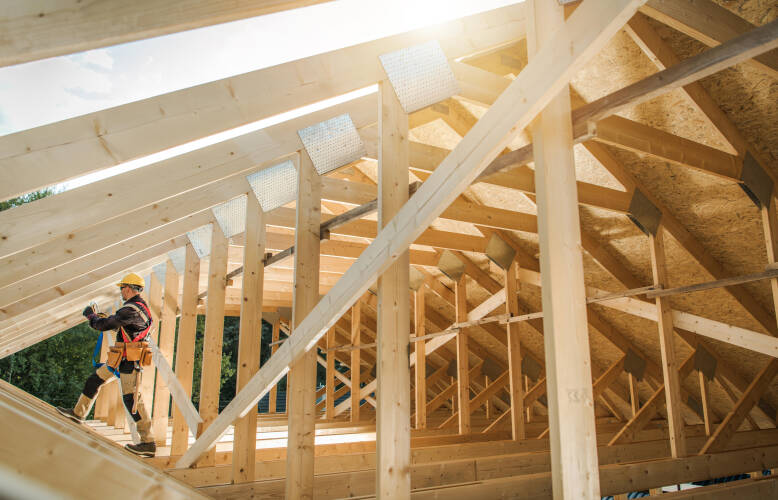
Acting as the secretariat and providing additional representation on technical committees, the Canadian Wood Council has played a crucial role in proposing and advancing technical modifications to CSA O86, the Canadian Standard for Engineering Design in Wood. The latest edition, published in June 2024, has broadened opportunities for wood usage in new systems.
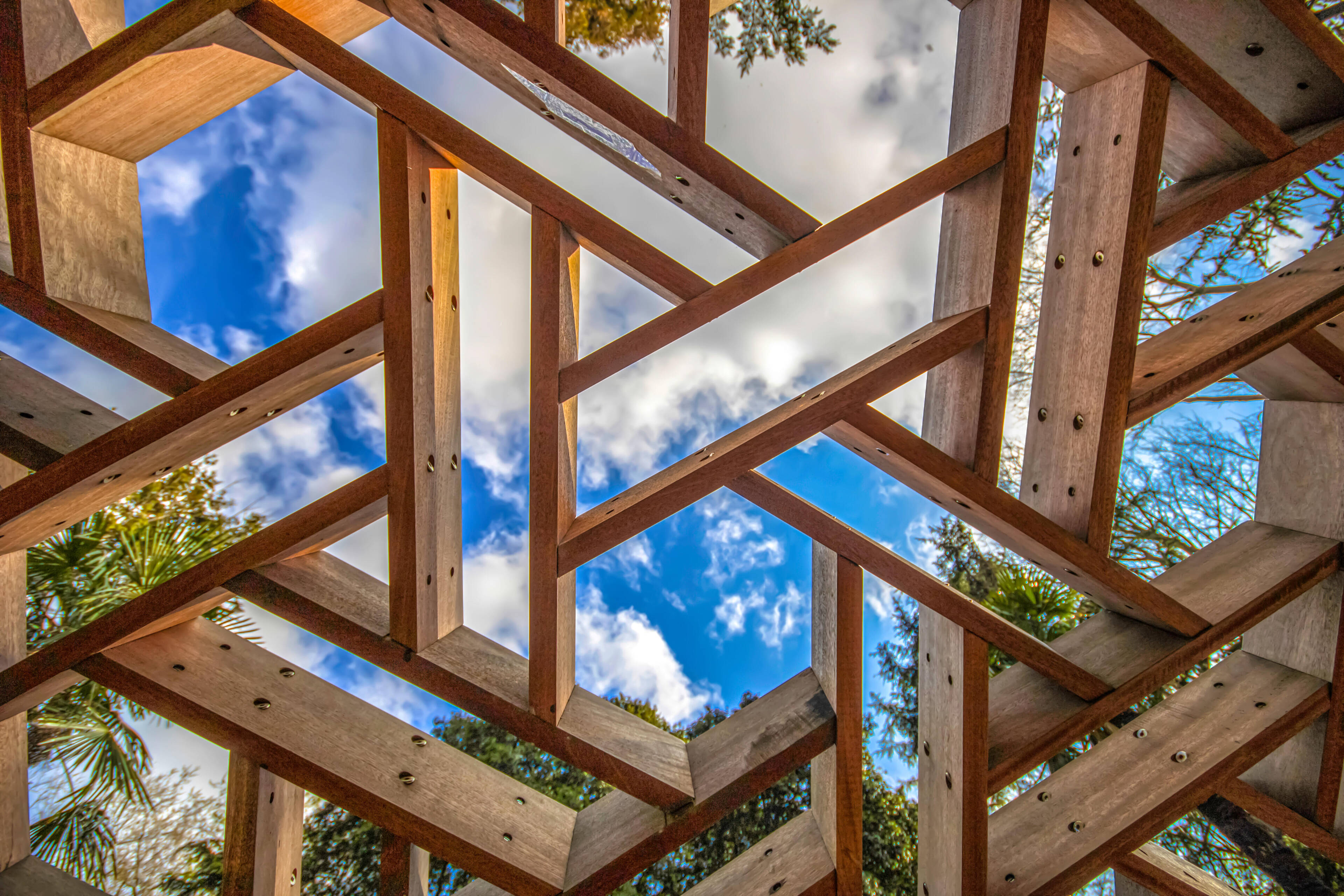
In 2024, CWC provided significant assistance to NLGA in the Hem-Fir (N) reassessment study, including analyzing testing data, establishing design values for US and Canada, reviewing the reassessment reports submitted to ALSC and CSA O86, and analyzing the impact on changes to Hem-Fir (N) design values for US and Canada.
As part of the Hem-Fir (N) analysis, staff retraced the procedure for the derivation of Canadian in-grade design values. The recovery of the procedure is fundamental to future lumber properties initiatives such as introducing a 5th species group and the equivalency with foreign species.
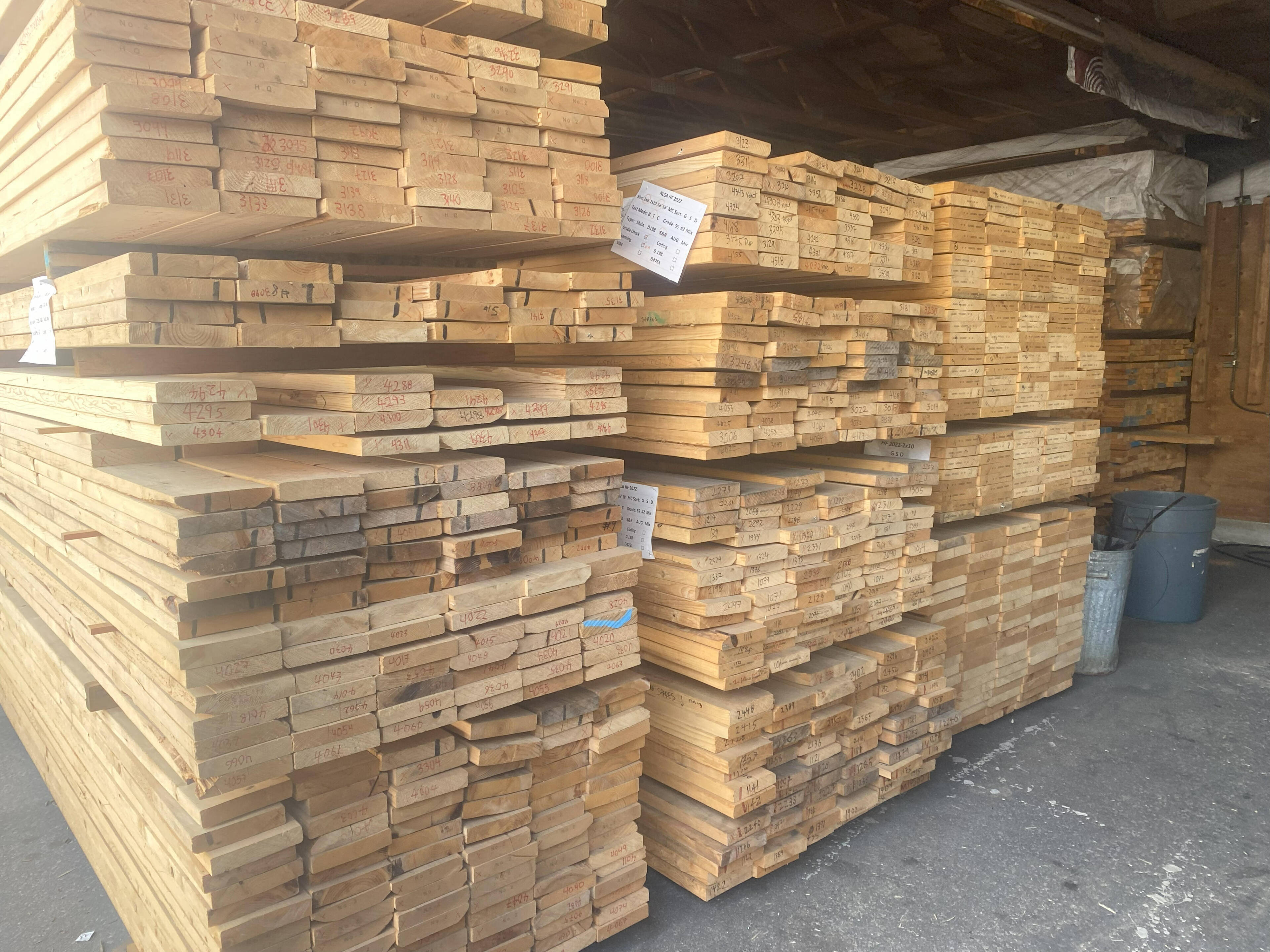
CWC initiated a project with three universities to study and test reinforcement of structural components using self-tapping screws, aiming to enhance efficiency and constructability of mass timber. CWC also developed seismic design provisions for moment-resisting timber frames, complementing other mass timber systems. CWC partnered with FPInnovations on a project for rehabilitating mass timber elements after a fire.
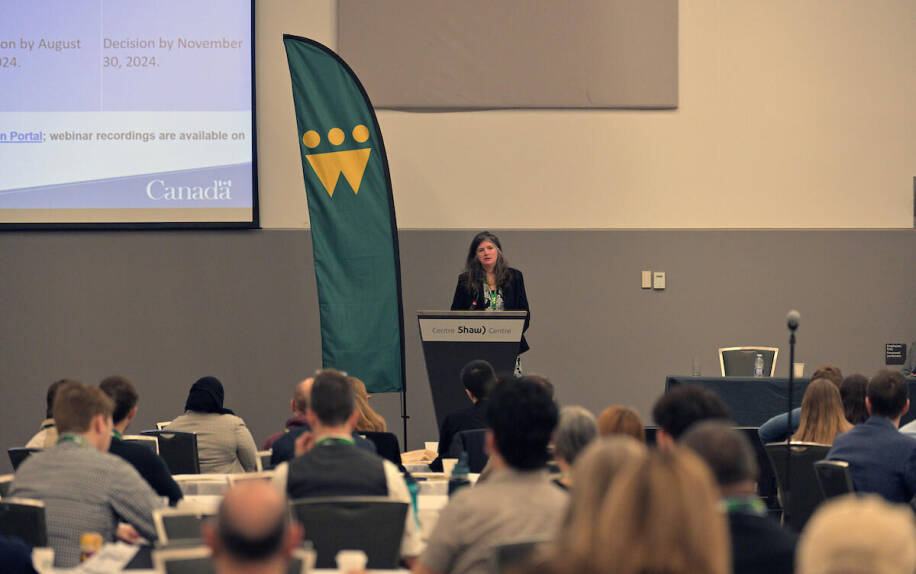
CWC’s market development efforts in 2024–2025 supported the continued rise of mid-rise and tall wood construction across Ontario. The WoodWorks Ontario team observed growing activity in light frame and hybrid multifamily projects, particularly in Toronto, Ottawa, Kitchener, and other urban centres. Recent changes to the Ontario Building Code have enabled a wave of 12- to 18-storey projects, now in planning stages across the GTA and Durham Region. Leading developers—such as Windmill, Leader Lane, Kindred Works, and CreateTO —are helping advance this shift. One of the year’s landmark projects is the University of Toronto’s 14-storey Academic Tower, which will be the tallest mass timber building in Canada.
A new sector of large-scale industrial mass timber construction is also emerging, with major projects like the 250,000 sq ft Prologis warehouse in Brampton and new developments in Sudbury. Outreach and project support efforts have engaged developers, design professionals, and regulators, with dedicated work underway to provide educational materials for TARION, HCRA, and the OBOA.
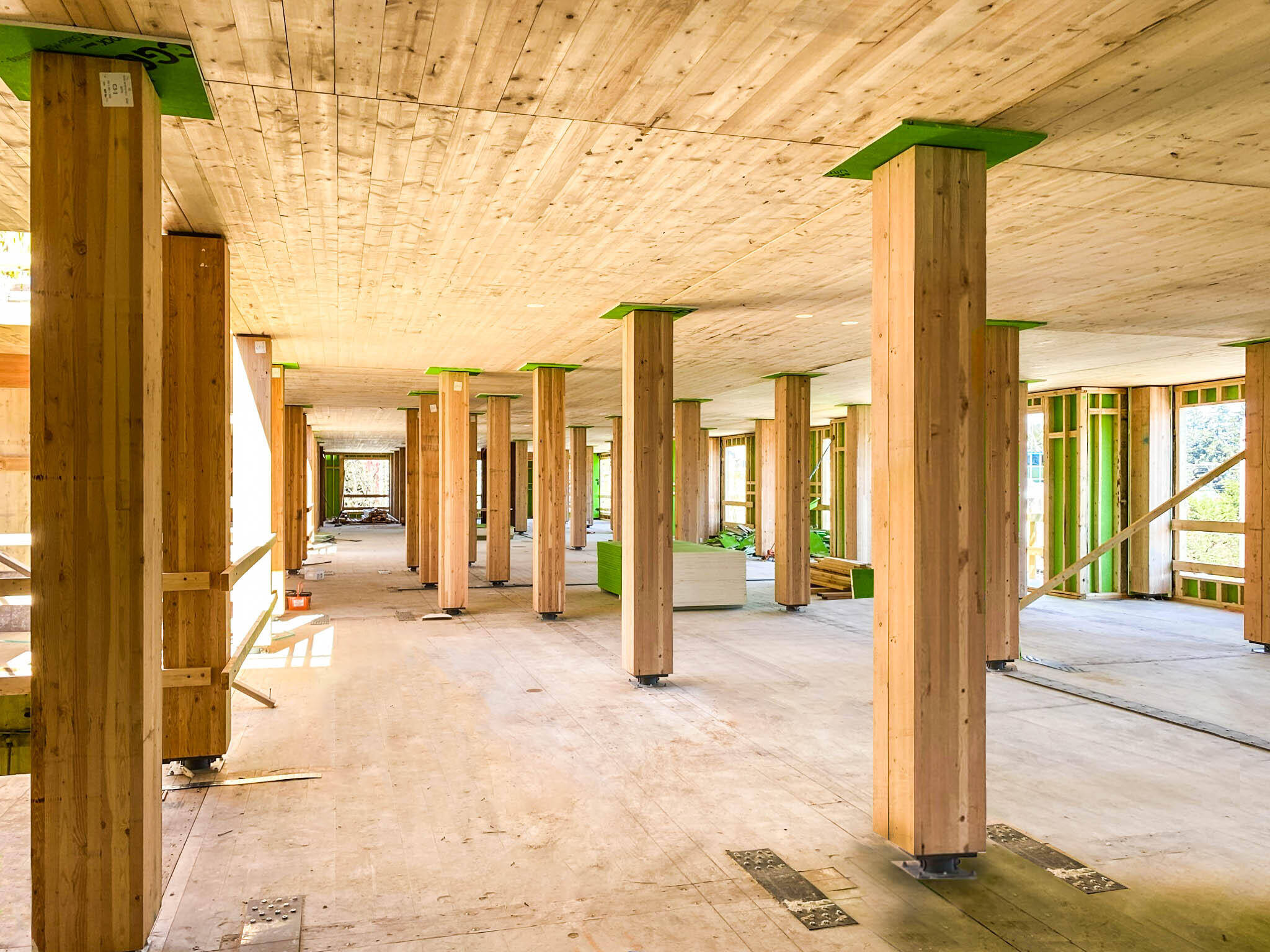
CWC continued its strategic initiative with Zurich Insurance to monitor three active mass timber construction projects in British Columbia. The goal was to generate data that addressed insurance concerns and supported market confidence. CWC also partnered with the University of Northern British Columbia to evaluate the post-damage repair process of its mass timber laboratory following an explosion incident. Early findings highlighted the structural resilience and repairability of timber.
On May 22, CWC and the Climate Smart Building Alliance co-hosted an insurance roundtable at Toronto’s T3 Bayside. Thirty-two industry experts participated in shaping future guidelines, aligning insurance practices, and promoting sustainable building—establishing a strong foundation for further collaboration.
